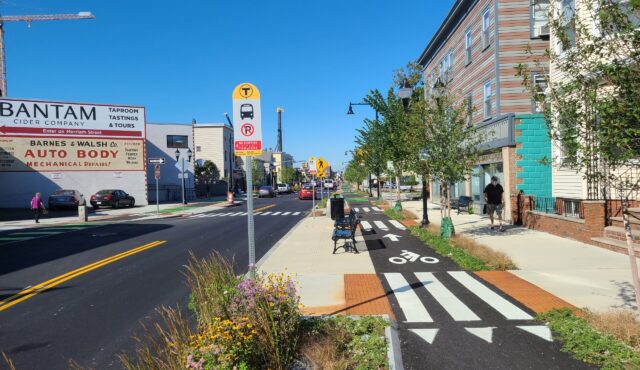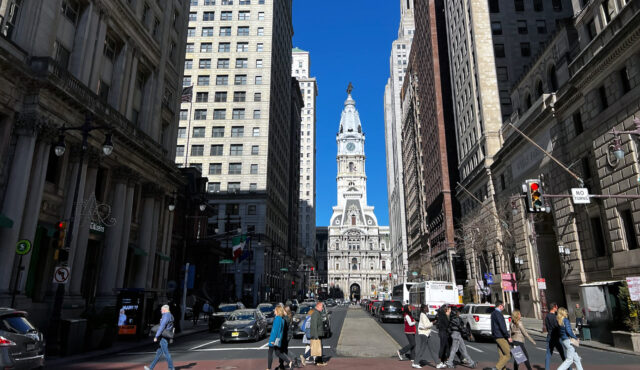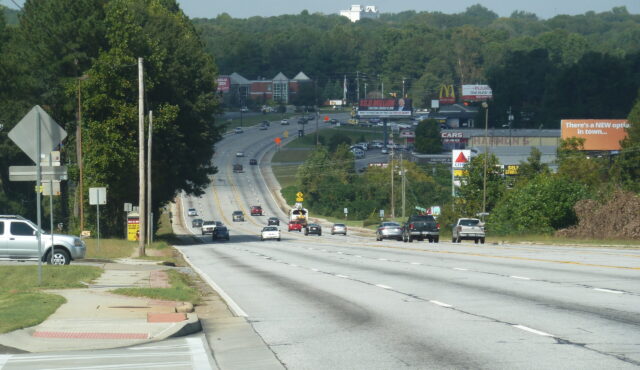
Only a month or so ago, most of the world was watching events in China and South Korea and hoping that the coronavirus would stay contained. About three weeks ago, we started to prepare in earnest for some significant changes to our daily lives. Last week, we had to act and put those plans into motion. We are all working from home, keeping our distance, and getting on with the important work of building more resilient communities for everyone.
We recognize how fortunate we are to have the option of working from home. The current crisis is exposing the depth of inequity in our society, the limitations of our health care system (although NOT the people who work in it), and the fragility of social and economic systems we normally take for granted. People are struggling to survive, we don’t know when this is going to end, and our traditional crisis response of getting back to work and stimulating economic activity is not an option in this instance.
In these moments, we realize who and what is truly essential: health care workers, grocery store employees, food delivery drivers and riders, teachers and day care providers, and even bike shops. Transit systems are vital – especially as daily transportation for so many of these essential workers – yet they are having to actively discourage people from riding and are trying to disperse riders to enable physical distancing. Parks and open space are critical for our mental health and well-being, as are safe streets for walking and biking.
The focus for a lot of people this week is adapting to a very different reality. In the transportation sector, there are five emerging steps cities can take quickly, and with minimal cost.
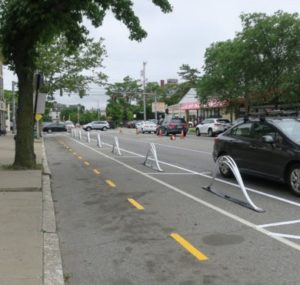
1. Implement Bikeways Quickly
Cities are reducing transit service or shutting transit systems down altogether. Rapid implementation of protected bikeway infrastructure can keep people safe and allow them to adapt to reduced or no transit service. Here are two examples of rapid implementation projects, from Jersey City, NJ and Providence, RI.
2. Reduce Risk by Bringing Down Vehicle Speeds and volume
Reducing stress on the health care system so it can cope with the pandemic makes it even more timely and appropriate to do everything we can to reduce serious traffic crashes. The simplest, quickest, and easiest ways to do this are to lower motor vehicle speeds across the board, and to reduce the number of cars on the road (even as some drivers need reminding that less traffic is not an invitation to speed up). There is a growing international body of evidence to confirm the link between traffic speed and the severity and likelihood of crashes. Cities across North America – including Saint Paul, Edmonton, and Boston – are starting to lower speed limits, even without the impetus of COVID-19. Data on road usage since the beginning of the pandemic is revealing a sharp drop in crashes as the volume of car traffic declines.
3. Find Ways to Allow For Socially Distant Outdoor Time
People need opportunities to get outside more than ever, while still maintaining a clear distance from each other. Going for a walk or a bike ride – whether to get supplies or just to clear your head and get some fresh air – is a lot more appealing and safe on a trail or on a traffic-free corridor. In many cities, the limited supply of trails and parks is already getting too crowded. The Mayor of Bogotá, Colombia is making their Ciclovia routes operate permanently (at least while the current situation persists), and Mexico City may soon follow suit. This is also starting to happen in U.S. cities such as New York City, Philadelphia, and Washington, DC.
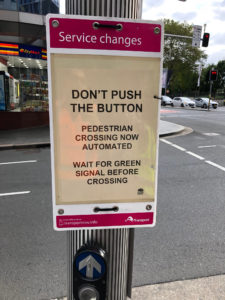
4. Eliminate Pedestrian Crossing Push-buttons
What could be worse right now than making people push buttons in public place just to get across the street? It’s time to flip the switch, put these signals on pedestrian recall (that is, make the walk signal appear automatically), and eliminate the need for push button activation.
5. Use Curbside Management to Facilitate Pick-up and Drop-off
Innovative and creative curbside management techniques can be tested during this unique set of circumstances. Arlington County, VA, for example, is facilitating pick-up and drop-off outside restaurants by designating parking spaces for that purpose.
The recovery phase seems like it could be a ways off. However, when that time comes, there will be an opportunity to reflect on the unintended consequences and outcomes of this moment. A lot of work can be done from home and without travel; as traffic evaporates from our streets, we are almost instantly breathing cleaner air and can hear ourselves think. Lessons learned from these unanticipated experiments will help inform critical decisions that we make after the crisis is over.

